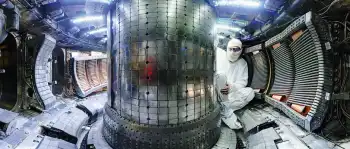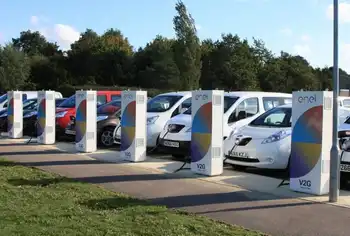China to invest $88 billion in UHV transmission
China's first 1,000-kilovolt (kV) UHV AC transmission demonstration project, the Jindongnan-Nanyang-Jingmen line, has been in stable operation for the past five months. It is also the first commercialized UHV transmission line in the world. A second batch of UHV transmission projects is expected to kick off soon.
The country's UHV transmission technology has been recommended by the Institute of Electrical and Electronics Engineers to become a possible international standard. The system's voltage has been recommended by the International Electotechnical Commission as the standard voltage.
In addition to UHV technology, the SGC also proposed to build a strong and intelligent grid with UHV as its backbone. Planning and testing for the construction of an intelligent grid is expected to be complete by 2010, said Zhenya Liu, General Manager of the SGC. Large-scale extensions will be carried out from 2010 to 2015, and a nationwide intelligent grid is expected to be complete by 2020.
China's power demand is expected to reach 7.7 trillion kilowatt-hours in 2020, or two times the current volume. The country's major resources, such as coal, water and wind, are concentrated in the western and northern regions, while consumption is mainly concentrated in the central and eastern regions. Long-distance and large-scale transmission is essential. The unit cost of power transmission by UHV is just half the cost for the transportation of coal equivalent.
Related News

Electric shock: China power demand drops as coronavirus shutters plants
BEIJING - China’s industrial power demand in 2020 may decline by as much as 73 billion kilowatt hours (kWh), according to IHS Markit, as the outbreak of the coronavirus has curtailed factory output and prevented some workers from returning to their jobs.
FILE PHOTO: Smoke is seen from a cooling tower of a China Energy ultra-low emission coal-fired power plant during a media tour, in Sanhe, Hebei province, China July 18, 2019. REUTERS/Shivani Singh
The cut represents about 1.5% of industrial power consumption in China. But, as the country is the world’s biggest electricity consumer, the loss is equal to the…





